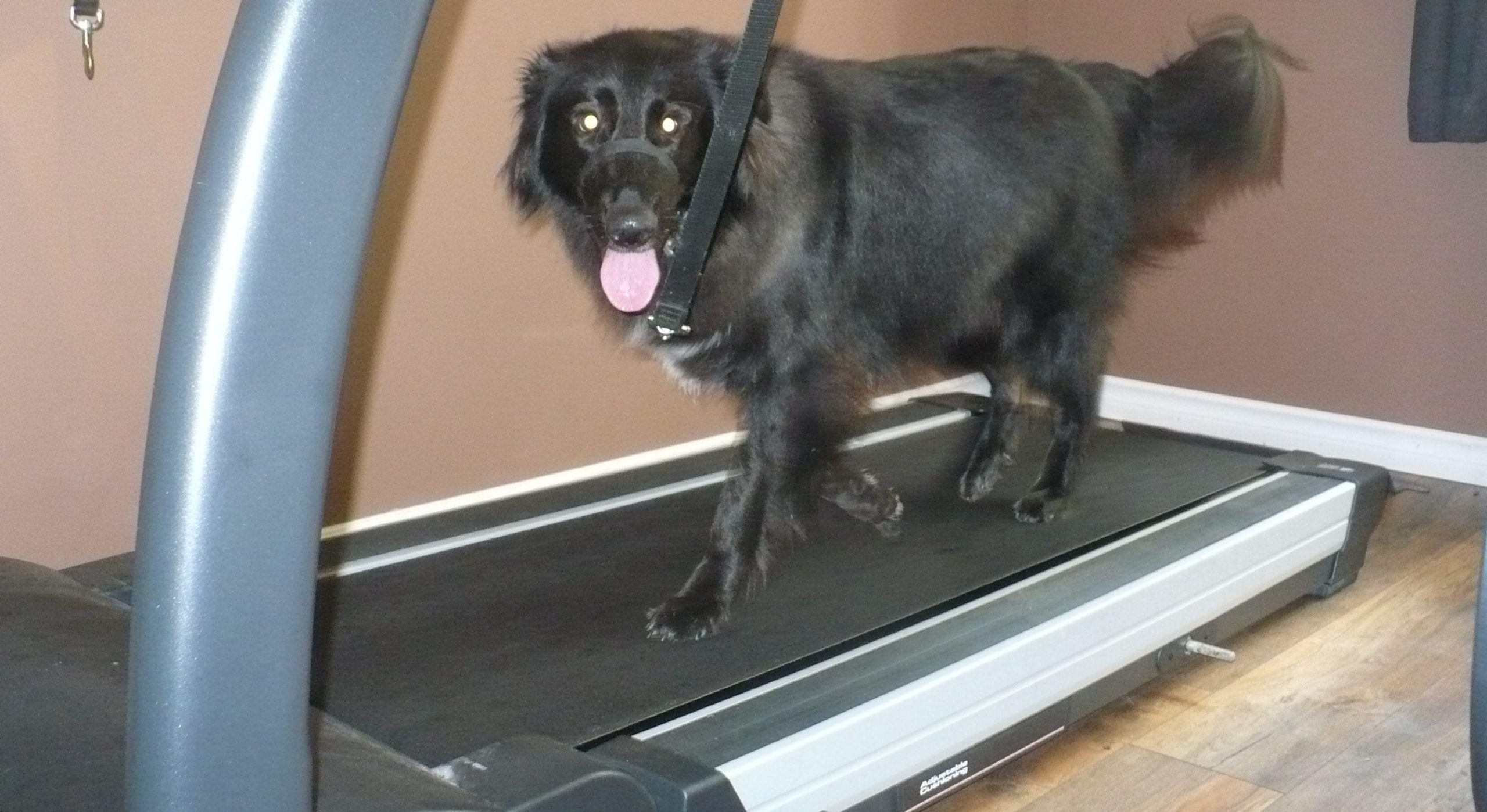Stay cool, even without air conditioning (Read time 2:30)
Last year Ursa, our Border Collie puppy, was too young to run with us, but now she’s acting the part of a herding dog, motivating our 5 k runs. Ursa loves to run no matter what…hot or cool. But when it started to warm up outside, I felt sorry for her, running in her winter coat. Watching Ursa run brings a new meaning to the term “dog days” of summer. We trained her to run on our treadmill, so we can all run in air-conditioned comfort! We’re always careful to make sure everyone (including Ursa), gets enough water on hot days. (Our clever dog can drink from a water bottle, and run on a treadmill. But “stay” and “off” are beyond her obedience capabilities.)
If you’ve been experiencing heat stress (which can happen even if you’re not exercising), you’re not alone. Aside from peeling off your winter furs, you have other options. Here are some tips for staying cool at home:
- If you don’t have air conditioning, open your windows at night when it’s cool, to let out the heat. Then close the windows in the morning before it gets hot, to “trap” the cool air inside.
- Keep curtains and blinds closed, especially on the sunny side of the house. They’ll block the radiant heat of the sunshine, and also add insulation to keep the heat out and the cold in.
- Use fans (especially at night) to channel air through the house. Direct the fans to push air in the same direction as the wind is blowing. Ideally, open windows on more than one side of the room to allow air to flow right through.
- Keep your furnace fan on, to circulate the cooler air from the basement.
- Plan your high energy jobs (or exercise) during the cooler parts of the day (early morning and late evening).
- Wear loose fitting, sweat-wicking clothes that allow air to flow through.
- Sweat! Liquid evaporating from your skin causes a cooling effect. If you don’t sweat enough, try spritzing your skin with water. (Bring on the sprinklers!) Dogs don’t sweat like we do (they pant instead – so they still need water!)
- Hydrate, hydrate, hydrate. Drink before you’re thirsty. Curiously, thirst comes after dehydration.
Many of these tips can be used at your workplace as well (if it’s not a temperature-controlled environment). If your workplace needs some more guidance on how to handle heat stress, give us a call (519-623-7733)! We can help you with classifying jobs as light, moderate or heavy, finding solutions to reduce energy demands, and writing a Heat Stress Prevention Policy.


